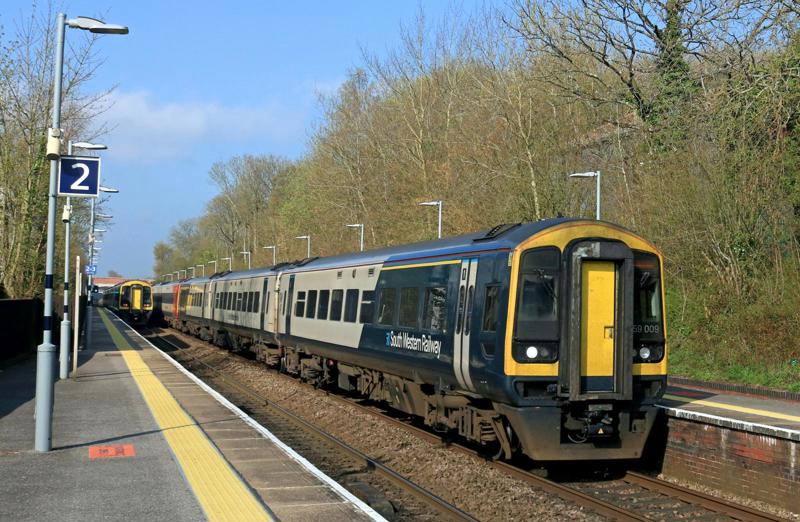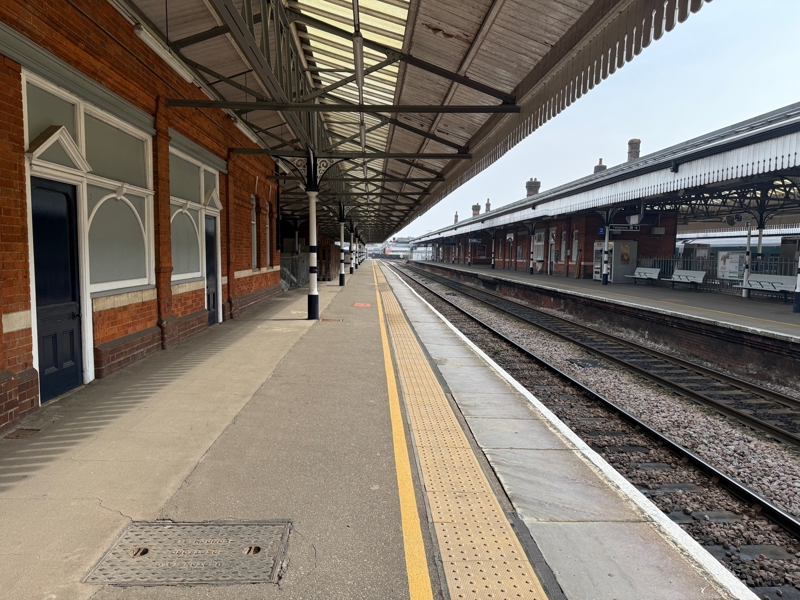
A decision on how to replace South Western Railway’s (SWR’s) ageing diesel multiple units are is needed “within the next year or two”.

A decision on how to replace South Western Railway’s (SWR’s) ageing diesel multiple units are is needed “within the next year or two”.
That’s what Andrew Ardley, the operator’s Regional Development Manager, has told RAIL.
SWR’s longest route is operated by a fleet of Class 158 and ‘159’ DMUs that date back to the early 1990s.
“We really need that decision within the next year or two,” he said. “Because the trains won’t last beyond the early 2030s. And if we go down the battery electric route, which seems likely, we will need some changes to infrastructure ready for those trains.
“That does not give us very long. At the same time, big changes to signalling are due from 2029.
“A huge amount of new housing is appearing all along the West of England route, so we need to plan for growth in passenger numbers.”
SWR wants to reopen Platform 1 on the northern side of the station that has been out of passenger use for decades. If that comes to fruition, it could lead to the creation of a new northern entrance, but the current maintenance depot for the ‘158s’ and ‘159s’ runs behind the platform.

Ardley said if the diesel depot is no longer needed, SWR would need less space, something that could pave the way for a new station entrance.
West of that depot is a Network Rail facility still known by locals as “the engine shed” even though that is long gone. One option is to make that home to – let’s speculate – repurposed, battery-adapted, mid-life Class 450s for use on third-rail discontinuous electrification to Exeter. Thereby freeing up land next to the station, and delighting neighbouring residents with less all-night noise from elderly diesels directly opposite their front doors.
“If it’s a Class 450 with batteries, it will need to spend less time at a depot than a diesel train, and major maintenance would likely be done at Northam [in Southampton]. Future capacity will drive this: how big the fleet will be, and how Salisbury will balance with facilities at Yeovil and Exeter,” he continued.
Between 2029 and 2034 signalling is set to move to Basingstoke, leading to the closure of the station signal box.
Other improvements being looked at include extending the Tisbury passing loop and Devon Metro services to Axminster, which would require an additional loop.
Ardley added: “Just extending Tisbury gains four minutes on the Exeter journey. And Pinhoe is the fastest-growing station on our network.”
Read the full feature in the current edition of RAIL.
Login to continue reading
Or register with RAIL to keep up-to-date with the latest news, insight and opinion.


















VT Fan 3 - 06/04/2025 13:29
My SWR Proposal: To convert the Class 158 and 159 Express Sprinters by fitting a battery-diesel self-charging hybrid system, something similar to the Chiltern Railway's HybridFlex. This would mean trains would be fitted with a powerful battery meaning it uses 25 per cent less fuel, significantly cuts emissions, reduces noise and air pollution, and allows the train to run solely on battery power when departing and arriving at stations.